
Don’t forget about the landscapes…3 of my favorite “wildlife” destinations with incredible landscapes
Wildlife photo safaris tend to be all about the, well, wildlife…
But whatever you do, don’t ignore the spectacular landscapes along the way! There are so, so many places that get me riveted when it comes to amazing wildlife coupled with incredible landscapes and I’d like to highlight three of my favorites here. If you’re headed to any of these soon, don’t forget your wide-angle landscape lenses, as they’re going to give you amazing opportunities for landscape photography.
Borneo
Let’s start off with one of my all-around favorite places for weird and sensational wildlife—a place every intrepid wildlife photographer should visit. Who wouldn’t want to photograph orangutans, pygmy elephants, and giant hornbill birds flying overhead?
While the sheer biodiversity of animals big and small may steal the show, the landscapes, when properly appreciated, are extraordinary. Borneo has one of the oldest rain forests in the world and when going on a Borneo wildlife adventure, you’re going to be immersed in this wondrous landscape.

Definitely a picture yourself here moment…
Borneo offers not just amazing landscapes, but amazing ways to view and photograph these landscapes, too.
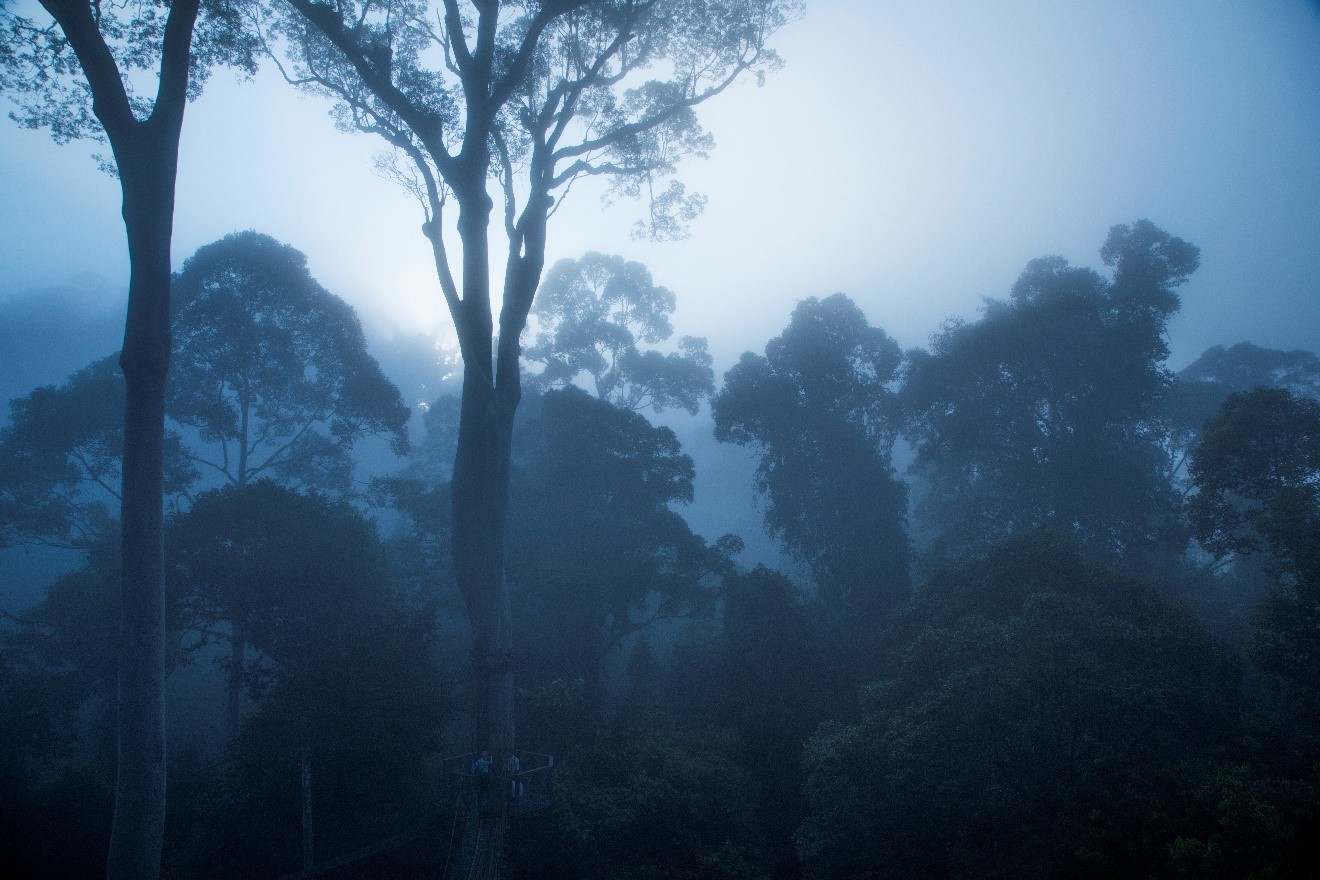
Being immersed in such a pristine jungle like in the Danum Valley, you can take advantage of the amazing dawn and dusk light conditions to get dramatic views and photographs of one of the oldest rain forests in the world.
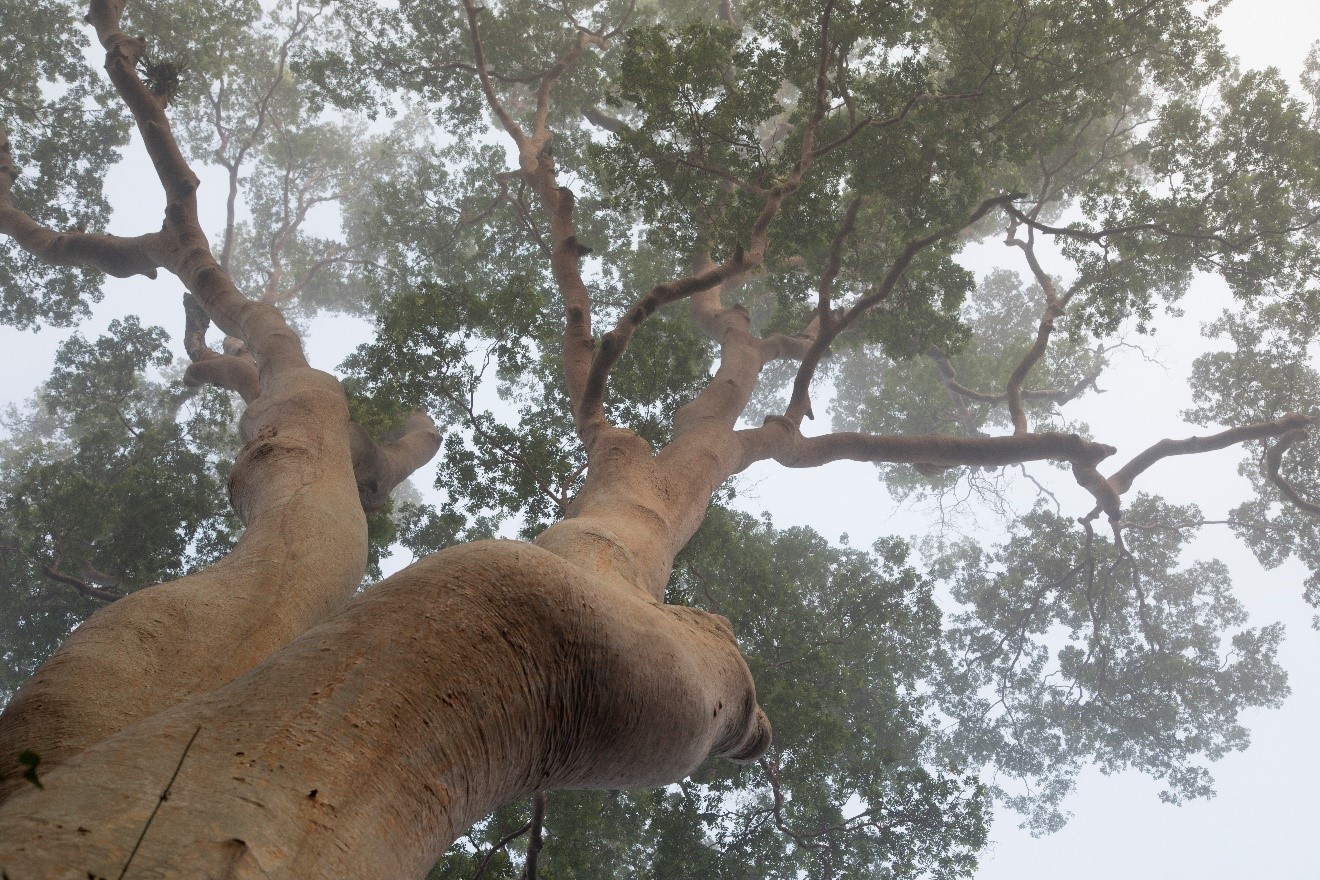
It’s not just every forest where the trees can be their own incredible subjects like the above.
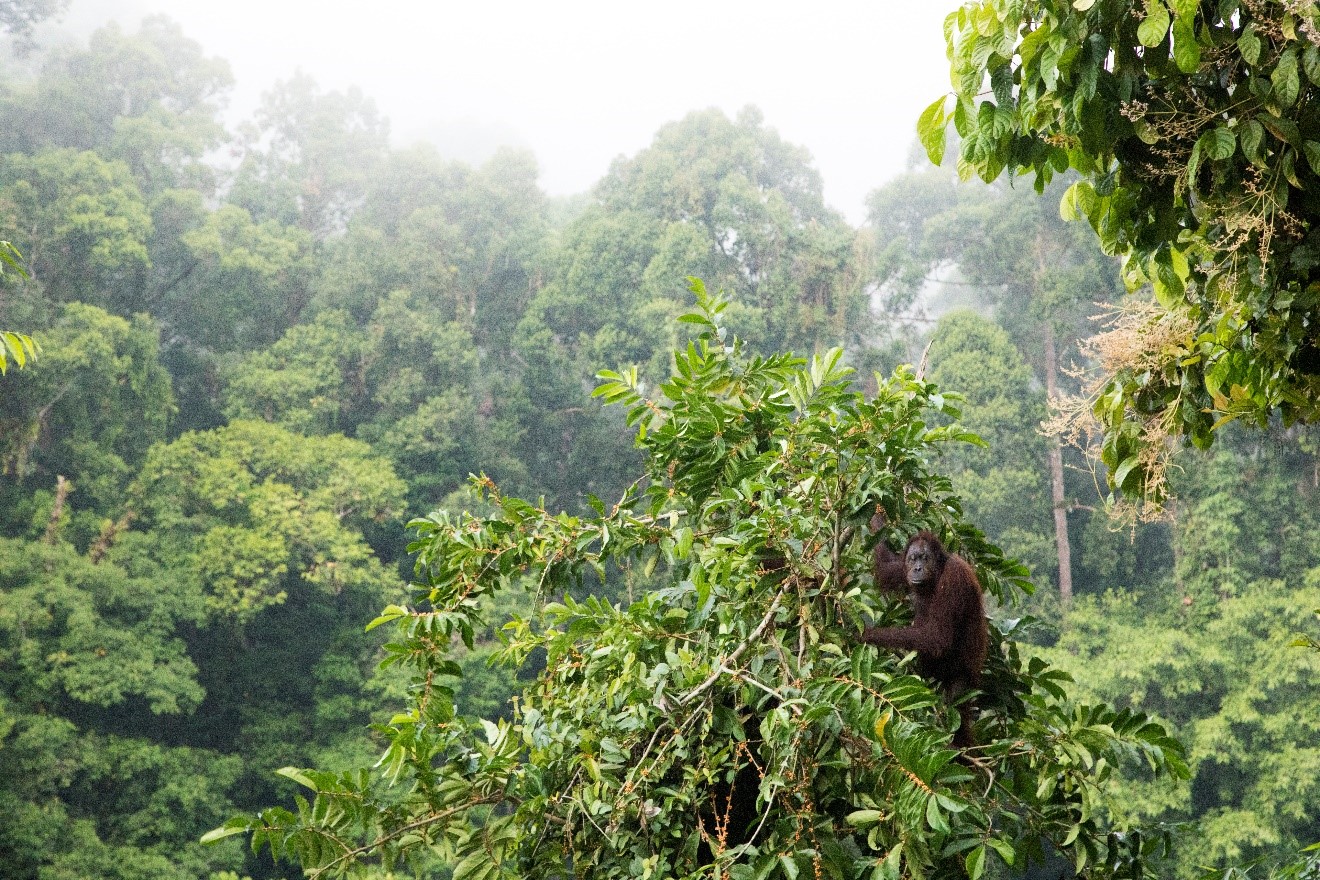
Combine this mind-blowing jungle scenery with some of the most charismatic wildlife on earth and voila—the making of an all-star photo expedition.
Churchill, Manitoba
Churchill has a unique position on earth, as it’s the confluence of the Boreal forest to the south and arctic tundra to the north. Thus, you get the benefit of photographing both environments in one exciting location.

In winter, the harshness and desolation can yield stunningly austere photos, as you aim toward the north and into the great abyss of the vast arctic tundra.
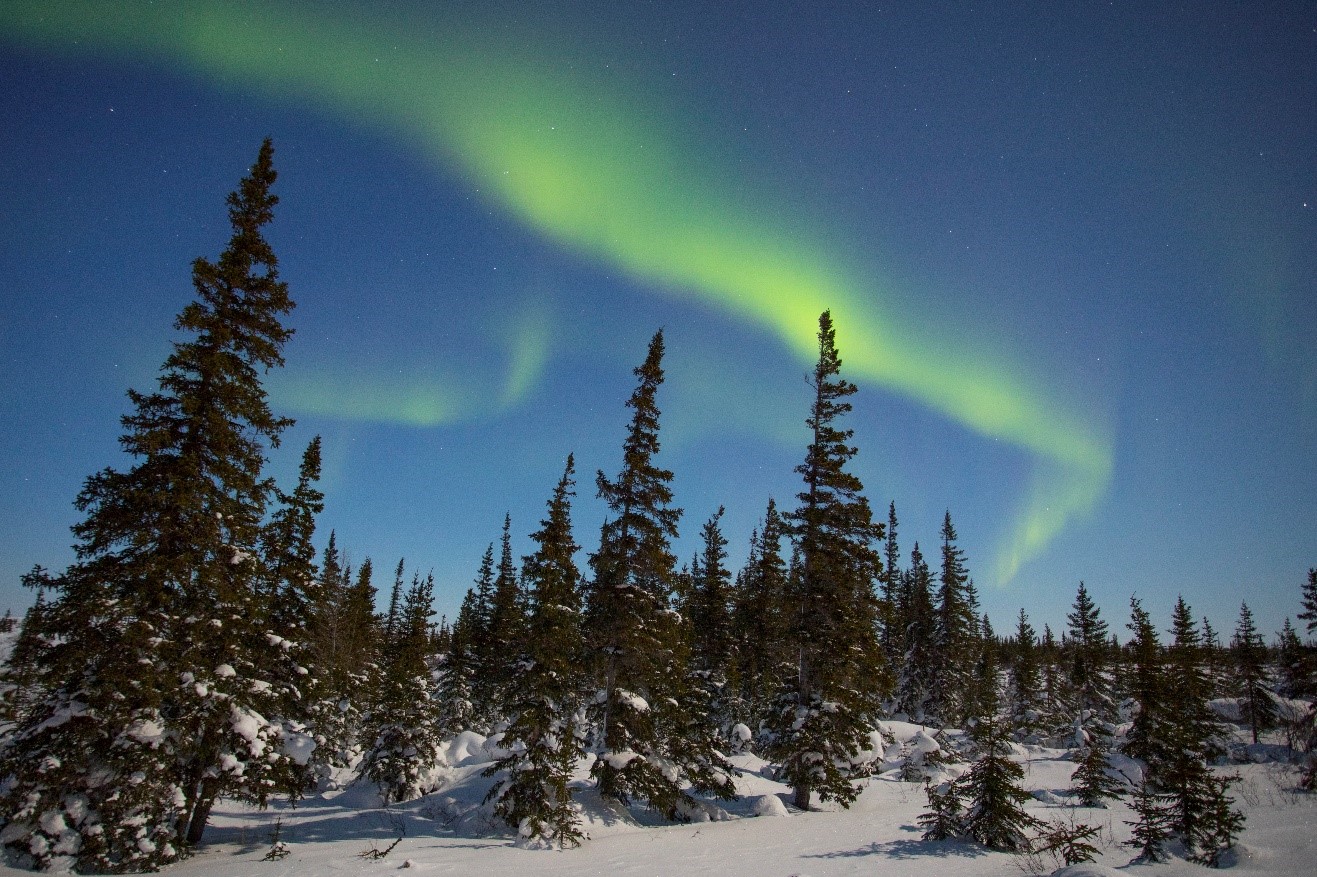
Orient south, and you’ll be headed into the beginning of the Boreal forest, where stunted spruce trees come in all sizes. They also make for a fantastic foreground element to a wide variety of landscape photos (or Northern Lights photos, if that’s your aim!).

Regardless, the colors and bizarre nature of life in the north makes it one of my favorite places for landscape photography, even though polar bears often steal the show.
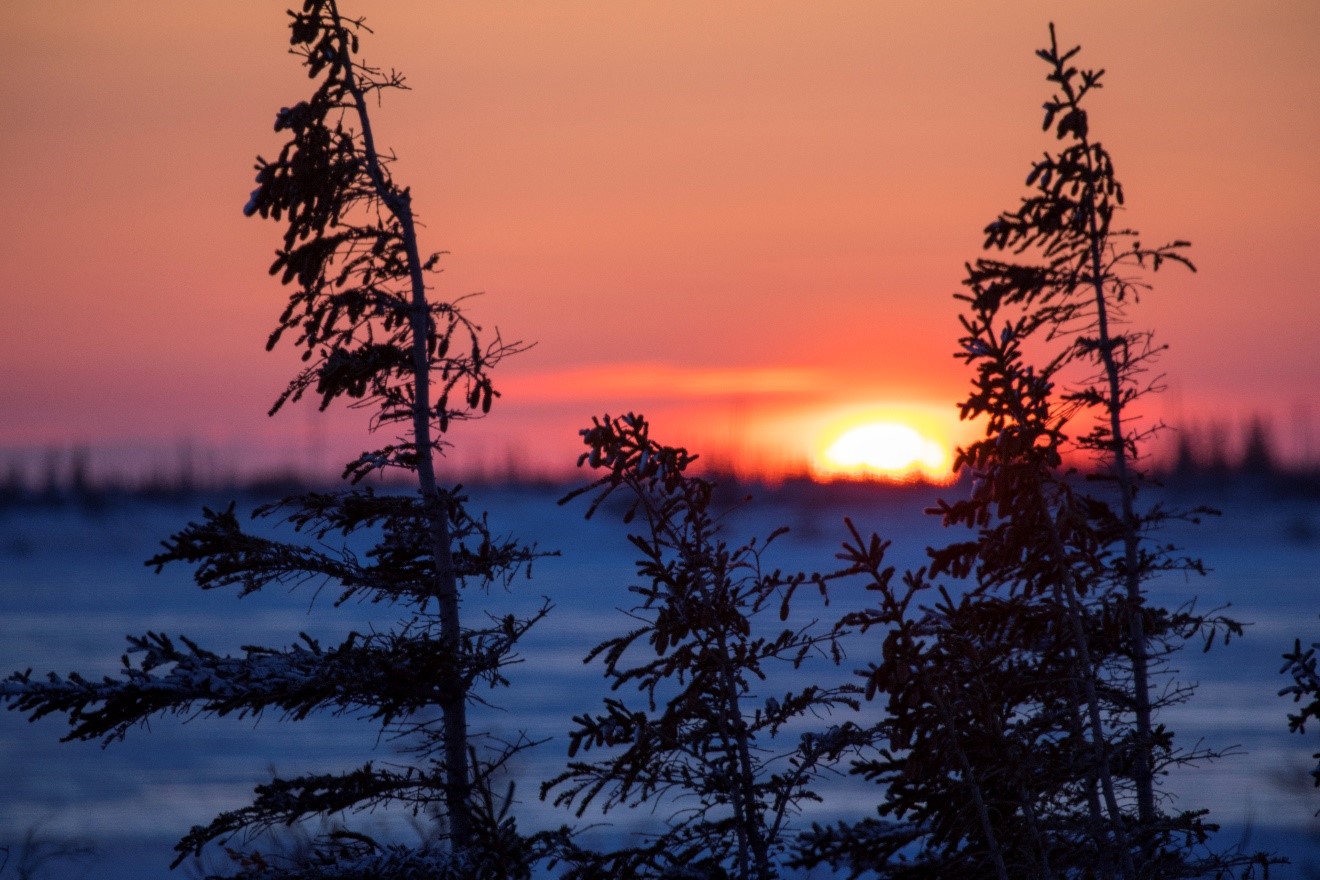
Galapagos Islands
An archipelago famed for its sheer volume of wildlife tends to put the animals at front and center when it comes to the photo opportunities. However, its volcanic origin yields wild and amazing landscapes, too.
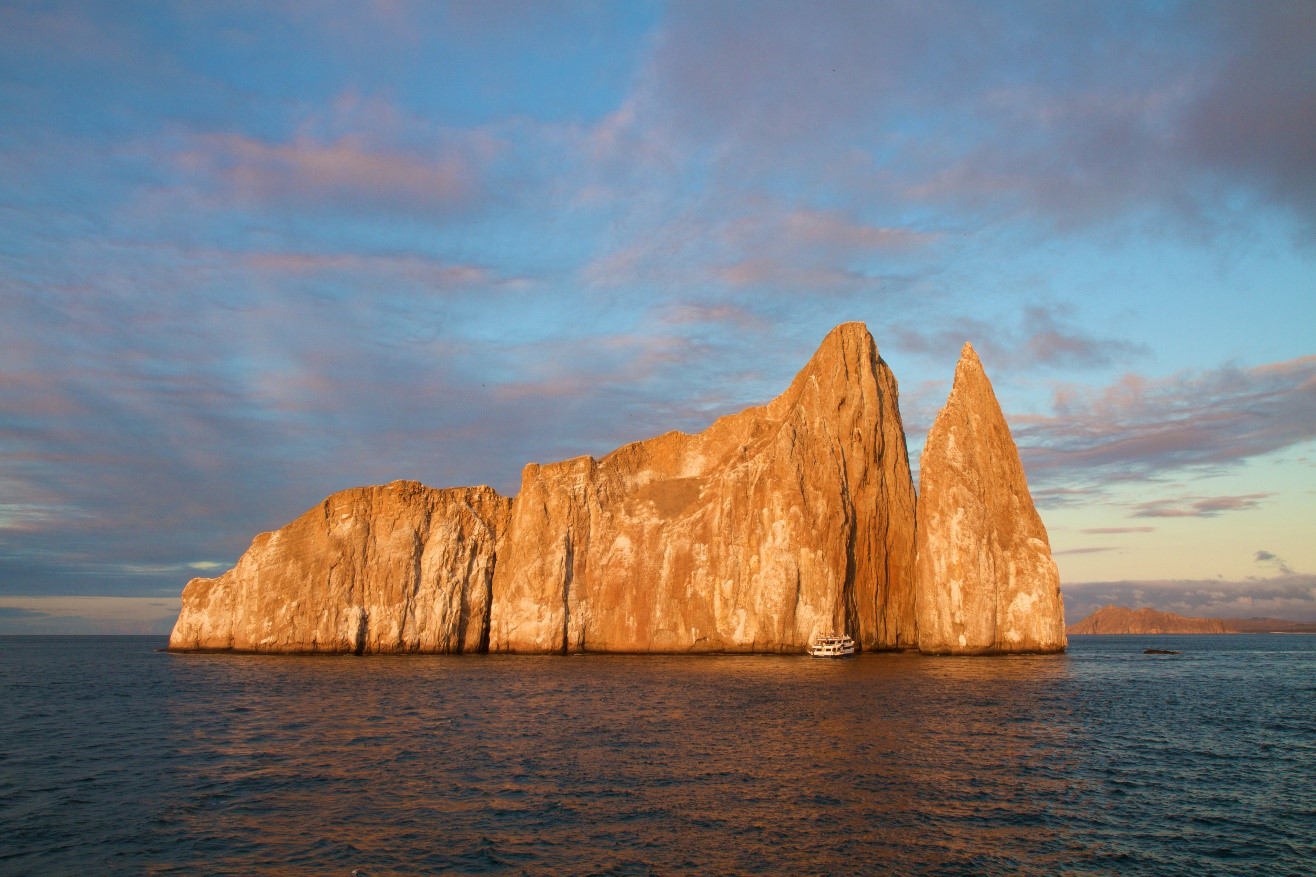
Think BIG when it comes to the landscapes here. Big rocks and big ocean…
When photographing things at this sort of scale, try to incorporate something familiar to the viewer, like the boat you can see at the bottom right of this rock in the above shot.
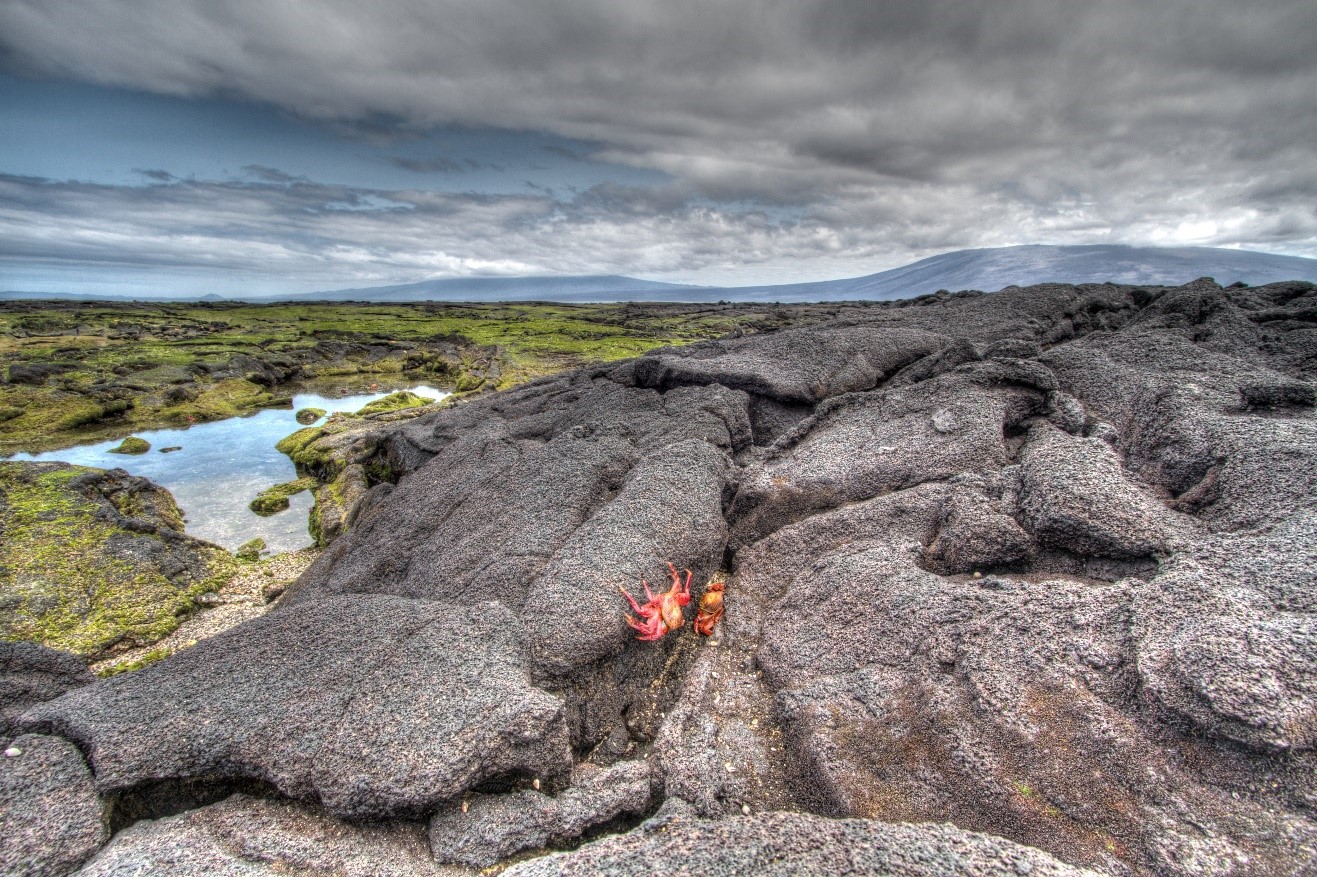
The contrasts in the lava, algae, and clouds can be tricky for the dynamic range of cameras. I don’t often tout the benefits of HDR, but shooting in High Dynamic Range can yield interesting photos that help capture the moment. Read more HERE on our article about photographing in High Dynamic Range.
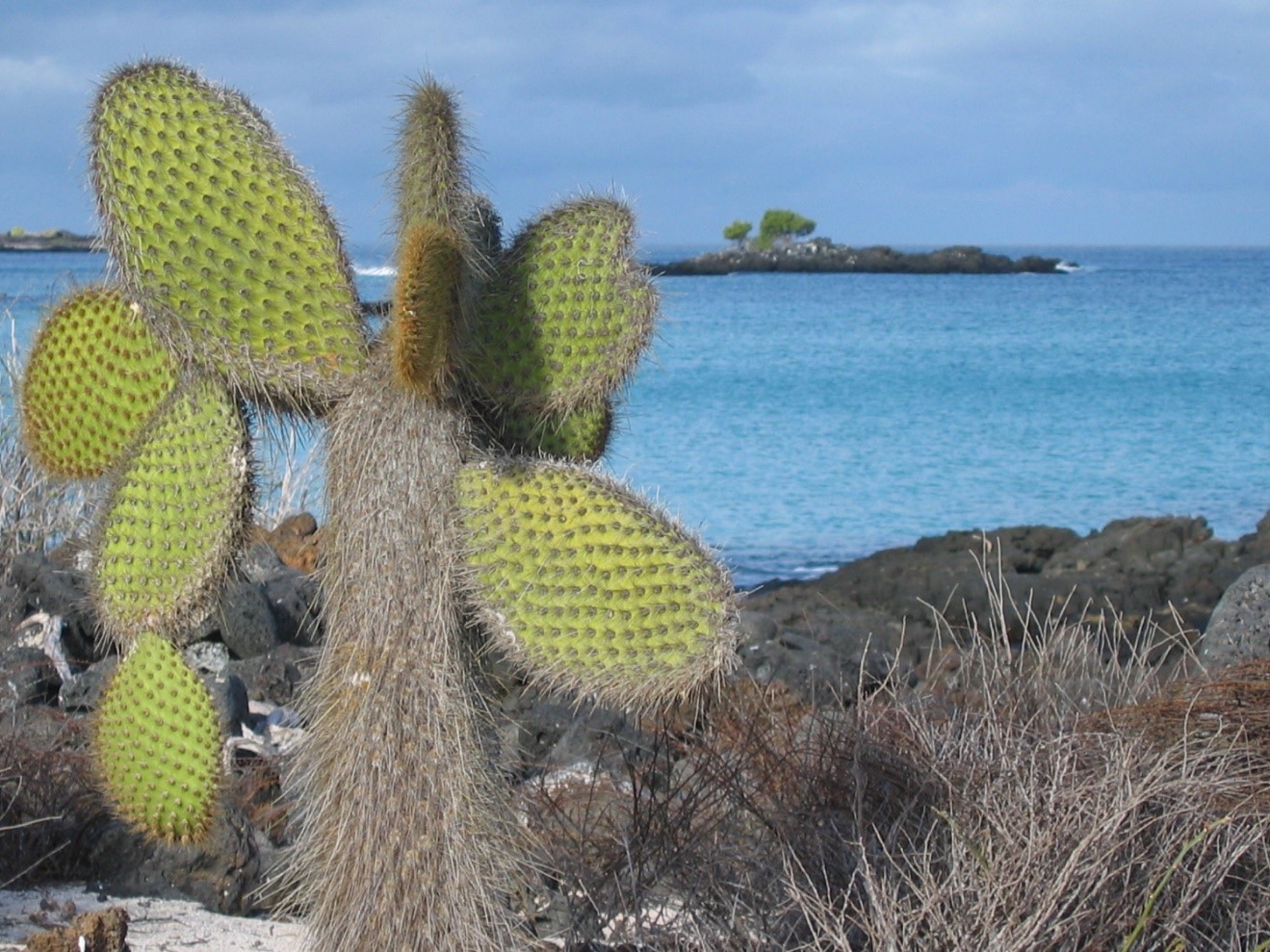
Just like the animals in Galapagos are highly unique, the plant life can be as well. While you may see familiar species, where and how they grow can be quite dramatic. Capitalizing on the proximity to beautiful blue and green waters can yield compelling shots with great color. These are the classic ingredients to a great landscape.
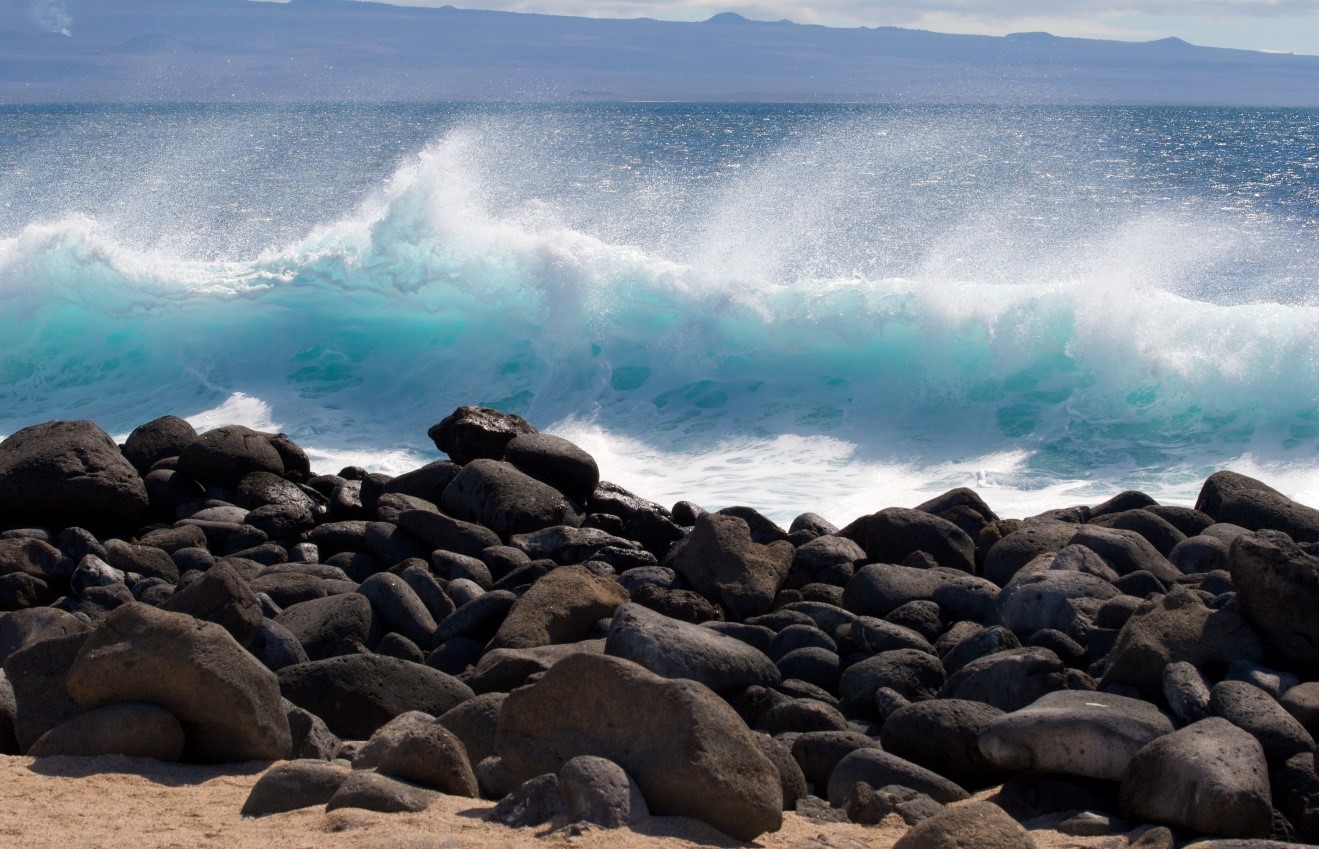
Galapagos can be amazingly colorful, even if no plant or animal life is in the scene. The simple contrast of the rocks, water, and islands in the distance can be just the right ingredients for intriguing photos.
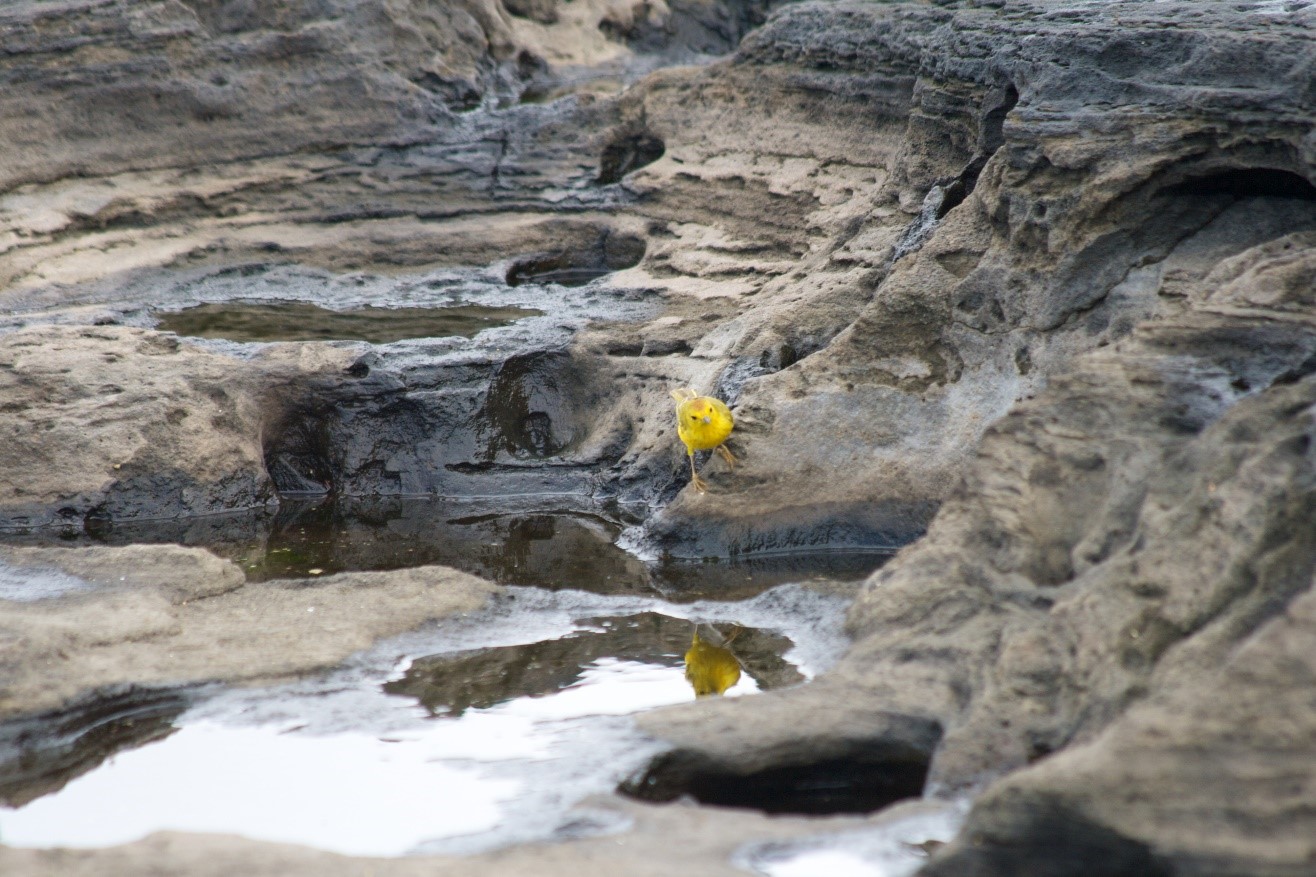
Because the abundance of wildlife is so great in the Galapagos, it’s rather easy to place wildlife in the landscape photo. With the harshness of the lava and general landscape, this can an opportune time to show contrast, both literally and metaphorically in your photography. Above, a small yellow warbler appears in a rugged lava field in a unique juxtaposition of colors, textures, and symbolism.
So as you can see, typical wildlife hotspots can be multidimensional. While the wildlife photography may indeed be your favorite part of the expedition, the phenomenal landscapes can yield stunning photos you perhaps didn’t know were waiting for you in the far flung corners of the earth.
Go forward and give it a shot!

Court
Leave a reply